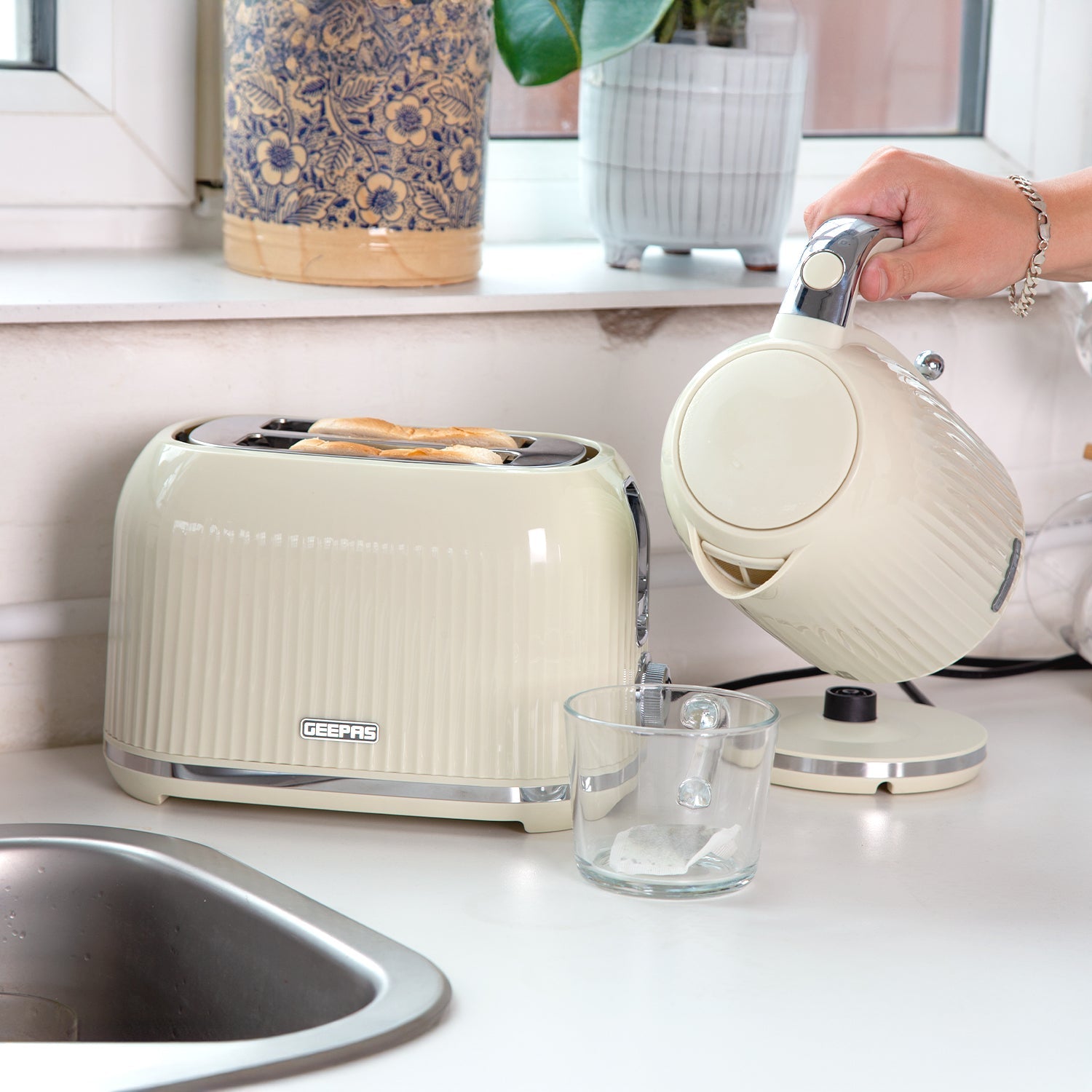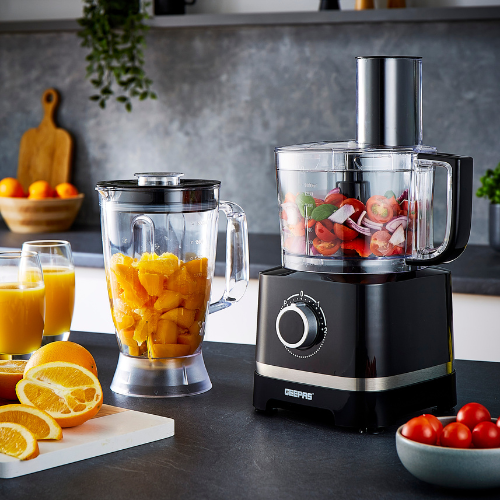A food processor is one of the most versatile and time-saving appliances in any kitchen. Whether you're chopping vegetables, blending sauces, kneading dough, or grinding nuts, this all-in-one tool makes cooking a breeze.
However, even the best multi-functional food processors can underperform - or worse, get damaged - if used improperly. To help you get the most out of your investment, here are the top mistakes to avoid when using your food processor, along with tips to maximise its efficiency.
1. Overloading The Bowl
One of the most common mistakes is filling the bowl beyond its capacity. While it's tempting to process everything at once, overloading can lead to uneven results or strain the motor of your compact food processor.
Why This Is A Problem:
- Overloading prevents the blades from rotating effectively, leading to uneven chopping or blending.
- It can stress the motor, potentially causing it to overheat.
Solution:
Always check the bowl's capacity. For smaller tasks, use a mini food processor like a 500ml food processor for better control and precision. For larger tasks, work in batches with a large-capacity food processor to ensure consistent results.
2. Using The Wrong Blade or Attachment
A multi-functional food processor with attachments often comes with various blades and discs for slicing, shredding, kneading, and more. Using the wrong one can result in poor performance or even damage.
Common Mistakes:
- Using the slicing disc instead of the chopping blade for soups.
- Attempting to grind coffee beans with a standard chopping blade instead of a grinding attachment.
Solution:
Refer to the user manual to match each attachment to its intended use. For example, the dough blade is perfect for kneading bread, while the shredding disc is ideal for grating carrots or cheese.
3. Running The Motor Too Long
It's easy to get carried away when blending or chopping, but running the motor for extended periods can damage the appliance, especially if you're using a 500ml mini food processor or a lower-powered model.
Why This Is A Problem:
- Overheating can wear out the motor.
- Ingredients can become over-processed, leading to unwanted textures (e.g turning chopped vegetables into a puree).
Solution:
Use the pulse mode for better control when chopping or grinding. For heavy-duty tasks, invest in a high-capacity food processor with a powerful motor, like a 1200W model, to handle prolonged use.
4. Ignoring Ingredient Preparation
While a food processor for home use is designed to save time, you can't skip ingredient preparation entirely. Adding oversized or unpeeled items can damage the blades or result in uneven processing.
Common Errors:
- Tossing whole fruits or vegetables into the processor without cutting them into smaller pieces.
- Forgetting to remove pits or tough peels.
Solution:
Pre-cut ingredients into manegeable sizes before processing. For items like nuts or ice, ensure your appliance is designed to handle them (eg. a food processor with grinding capabilities).
5. Failing To Secure The Lid or Attachments Properly
A loose lid or improperly installed attachment can cause spills, uneven processing, or even accidents.
Why This Happens:
- Rushing to assemble the processor without double-checking the components.
- Using the wrong lid or attachments for the specific task.
Solution:
Always ensure the bowl, lid, and attachments are securely locked into place before turning on the food processor machine. Many modern models include safety locks to prevent operation unless everything is correctly aligned.
6. Neglecting Regular Cleaning
A food processor requires regular cleaning to maintain optimal performance and hygiene. Neglecting this can result in dull blades, unpleasant odors, or cross-contamination.
Common Cleaning Mistakes:
- Allowing food residue to dry on the blades.
- Submerging motor components in water.
Solution:
Clean the blades, discs, and bowl immediately after use with warm soapy water. Most attachments are dishwasher safe, but always confirm in the manual. Wipe the motor base with a damp cloth - never immerse it in water.
7. Using The Food Processor For Incompatible Tasks
While a multi-functional food processor is incredibly versatile, it's not suitable for every kitchen task.
What to avoid:
- Mixing hot liquids directly in the processor bowl.
- Grinding very tough items, like bones, that could damage the blades.
Solution:
Use your food processor with grinding capabilities for appropriate tasks, like grinding coffee, spices, or nuts. For hot liquids, let them cool before processing to avoid damaging the bowl or risking spills.
8. Not Utilising All The Features
Many users stick to just one or two functions, missing out on the full potential of their multi-functional food processor.
Missed Opportunities:
- Using only the chopping blade and ignoring the dough blade or slicing discs.
- Forgetting about the pulse function for precision tasks.
Solution:
Experiment with different attachments to fully utilise the versatility of your appliance. For instance, the shredding disc can save time when preparing coleslaw, while the slicing disc is perfect for uniform vegetable cuts.
A food processor is a game-changer in the kitchen, but proper use and care are essential to maintain its performance and longevity. By avoiding these common mistakes - such as overloading, using the wrong blade, or neglecting cleaning - you'll ensure that your appliance remains a reliable and efficient tool for years to come.
Investing in the right model like a 6-in-1 multi-functional food processor, blender, and grinder, can elevate your cooking game, saving you time and effort while delivering exceptional results.



